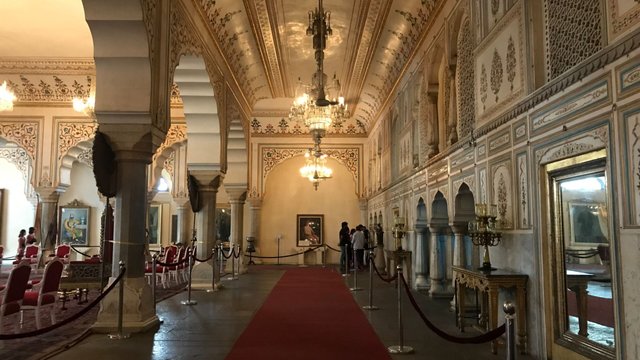MUSEUMS

The main purpose of museums has usually revolved everywhere gathering, protective, examining and demonstrating things. In the last 50 years, a superior importance has been placed on exhibitions, clarification, audiences known to knowledge. Furthermore, the number of museums has developed in this period, with an unbelievable collection of themes and subjects covered.
Displays are still created essentially around objects, thus making material culture. Public history contains in the museum is closer to what might be termed. Then the history that mingles within the art school. Despite the rapid growth of museum gatherings through the last century, historians have favored to research in the familiar comfort of the archive and the library rather than in the museum thing store. Recently, historians have further involved by objects as new technology has resulted in digitised collections being made accessible through the internet. They involved in the expansion of new museum galleries and temporary exhibitions. The result is an exhibition of a set of what are largely ‘disconnected diversities. Another specific form of museum 19th and early 20th century usually as a semi-official expression of civic identity. The cultural history of urban life linking into geography, ornamental, antiquarian interest,
Nowadays museums are regarded in many different habits. It seen as businesses, storehouses of collections, exhibition and exhibition venues, educational institutions, research institutes, collective spaces and places of memorialization. Museums are directed by appropriate government